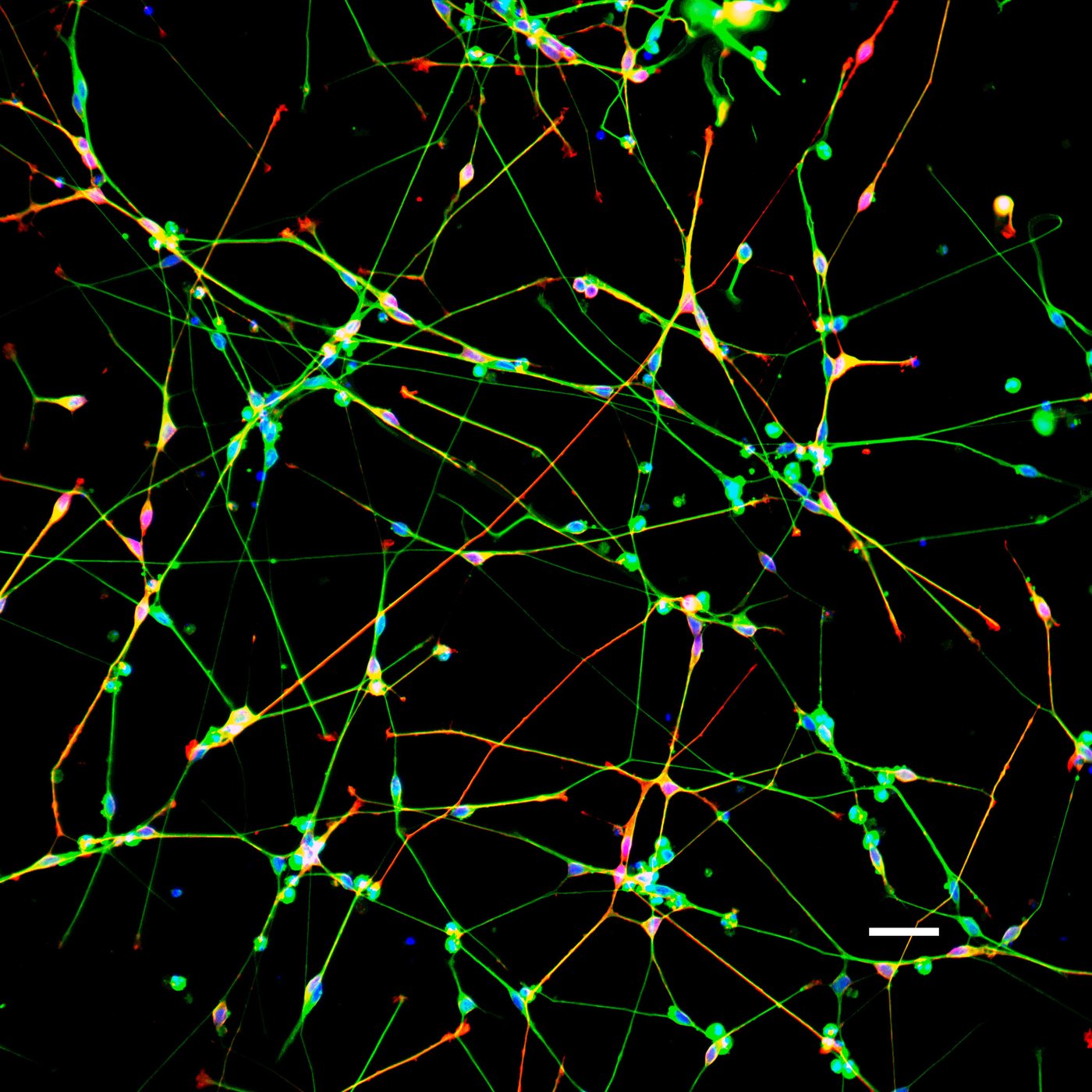
Prof. Dr. Stefan Schlatt
Institute of Reproductive- and Regenerative Biology
University of Münster
The mammalian testis is a bi-compartmental organ consisting of seminiferous tubules (approx. 90% of adult mass) and an interstitium (approx. 10% of adult mass). The tubular wall consists of a basement membrane with underlying contractile peritubular cells. The tubules present the sperm generating compartment. The seminiferous epithelium is a unique and exquisitely complex structure with both germ cells and Sertoli cells undergoing major structural and morphological changes during the spermatogenic process. The interstitial space contains the steroidogenically active Leydig cells as a second testis specific somatic cell type and is home to many more cell types including fibroblasts, immune cells and blood vessels. The research in the Schlatt team looks at many histological aspects of testis specific cells and uses a range of tools for detailed histo(patho)logical, cellular and molecular analysis of the testis.